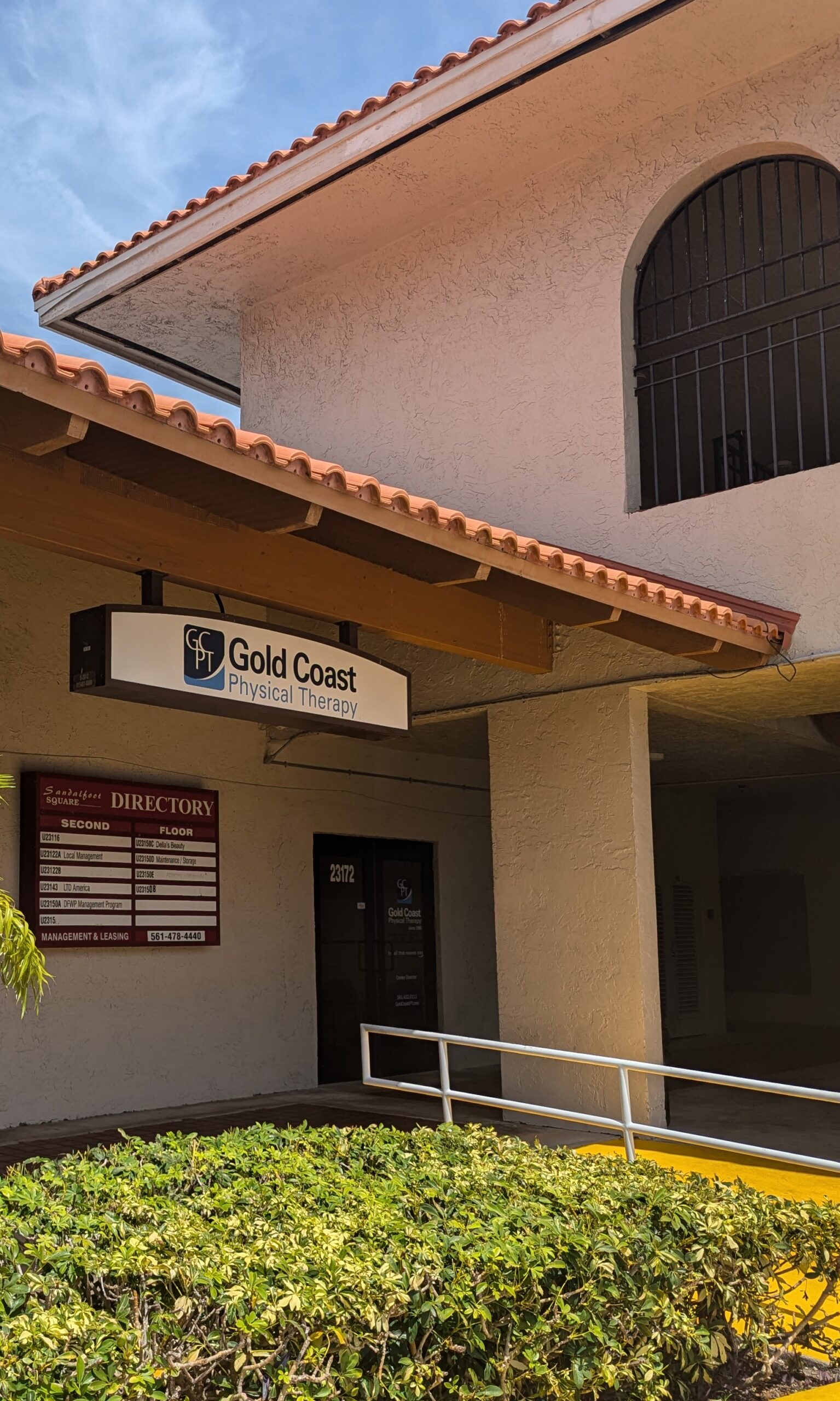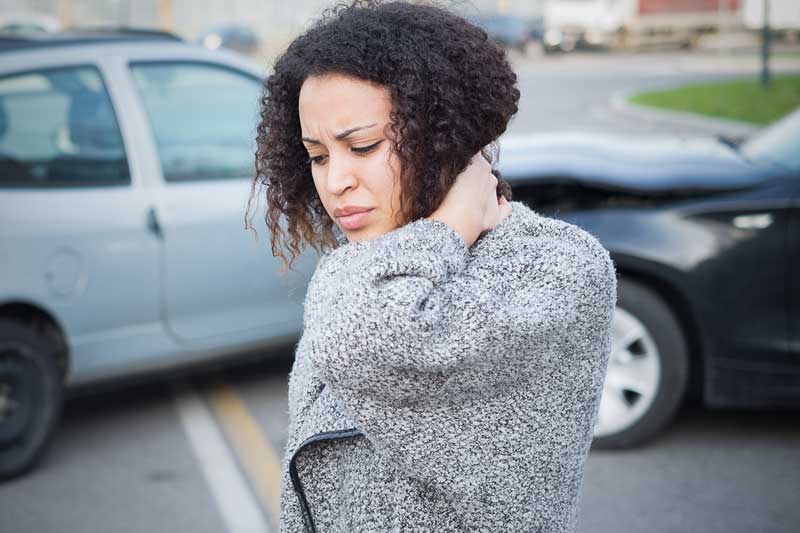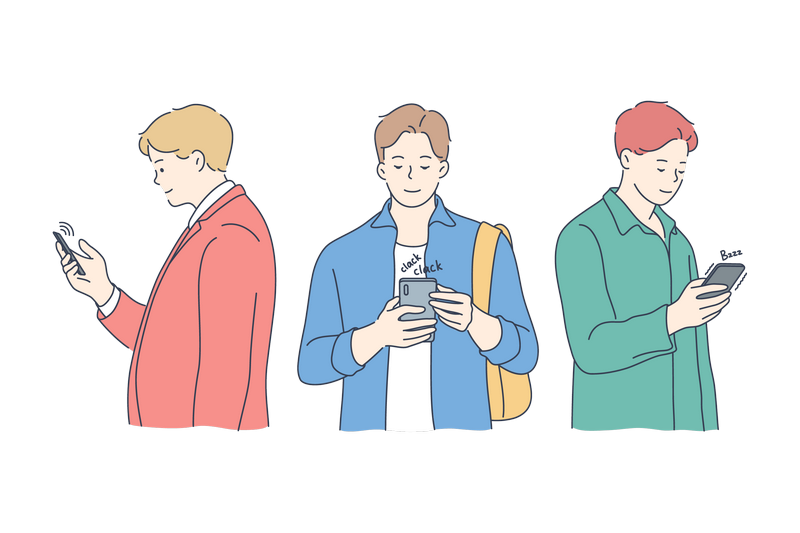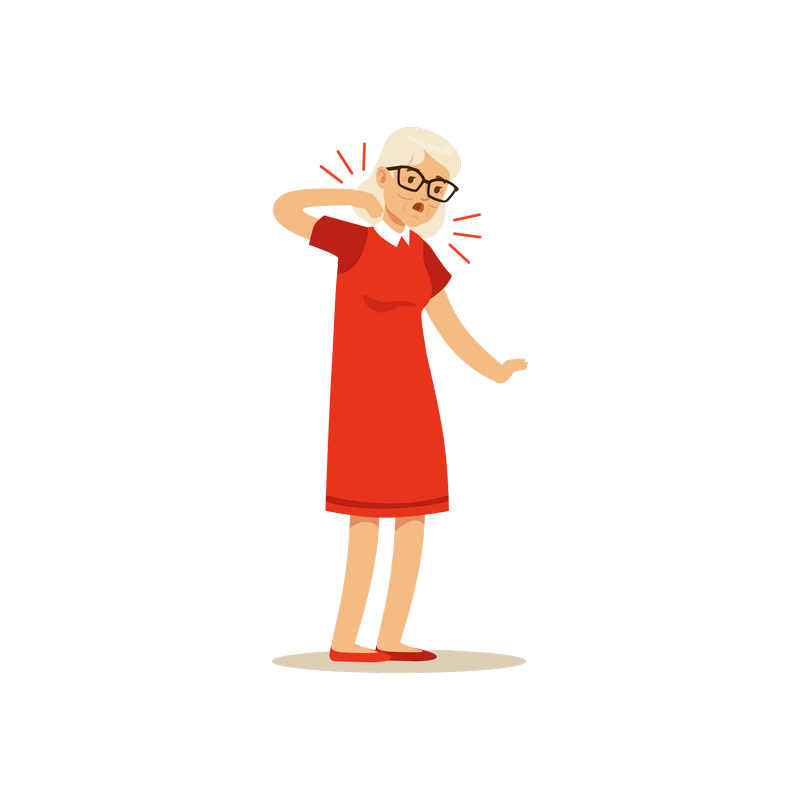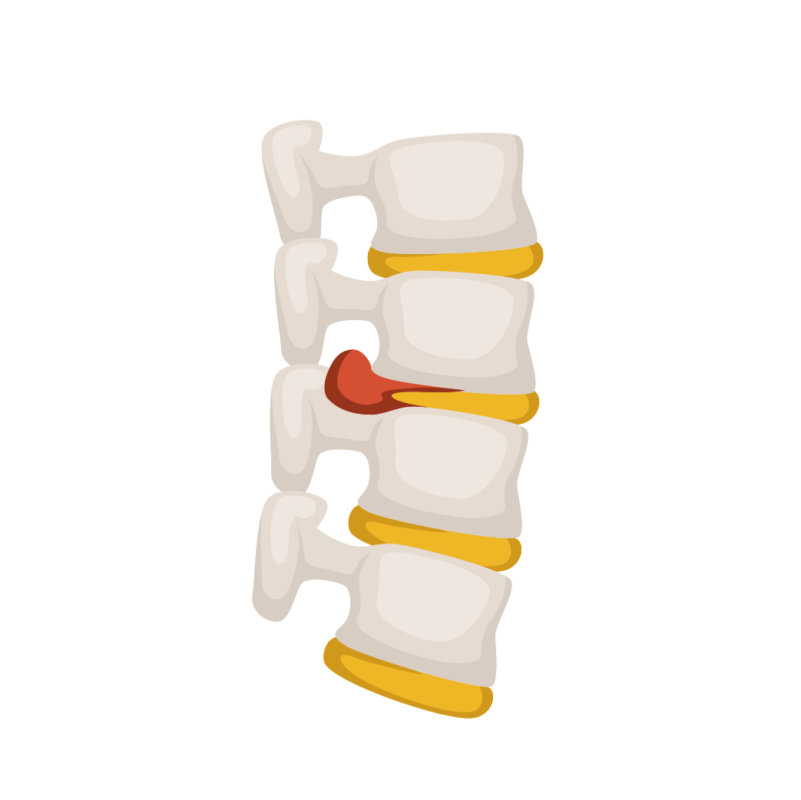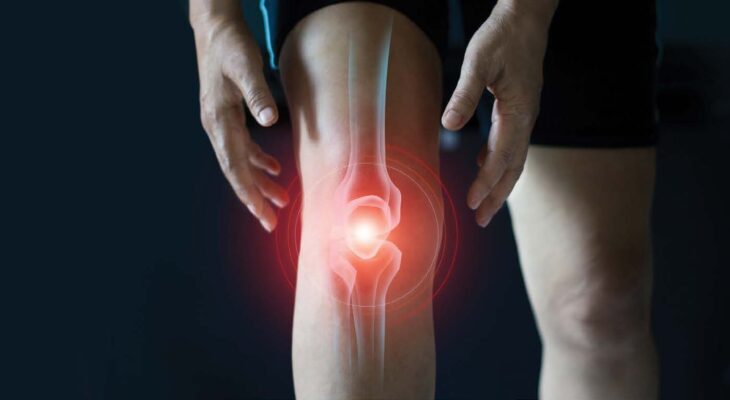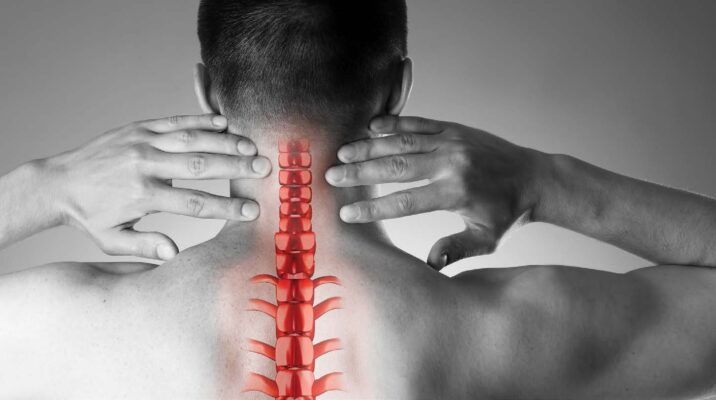PHYSICAL THERAPY FOR NECK PAIN
To help get your life back on track, Gold Coast Physical Therapy works to first identify your main concerns, determine the functional causes of your issue, and then we prescribe routine motions and simple activities that help recirculate your blood flow, retrain your muscles, your nerves and your daily habits of motion. More important, however, we listen to you and your body’s pain as you begin to recover over time. We monitor the success of each therapy session and adjust treatment where needed to reach our goal of reaching your body’s potential for a full and happy, productive life.

